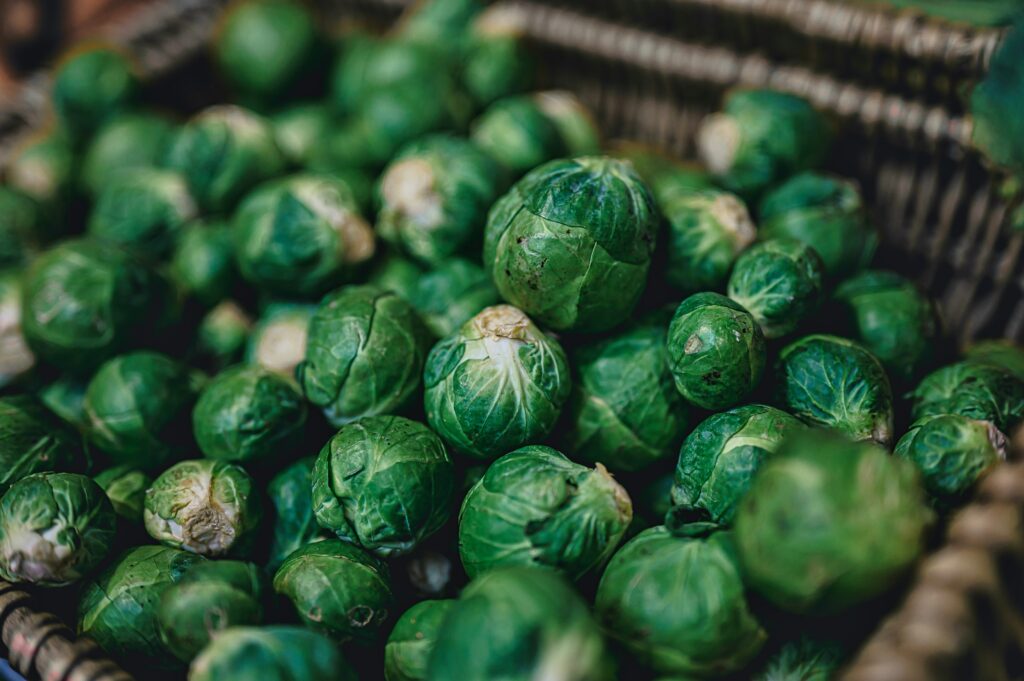National Geographic has a genuine scientific moment, saying that “In all the time humans have been discovering and describing new species, we’ve probably only covered about a fifth of what’s out there. A study in 2011 predicted there are some 8.7 million species on Earth, and we’ve identified maybe 1.6 million of them.” Can it be scientific uncertainty? Well, up to a point. But of course “The current biodiversity crisis threatens up to a million plant and animal species—some we know, and some we’ve yet to discover. More than 450 species were declared extinct in the past 10 years, Vox reported. They include the first mammal to fall victim to climate change—a humble rodent called the Bramble Cay melomys.” Which is not a genuinely scientific moment because the melomys did not fall victim to climate change, instead an isolated population on a remote inhospitable island fell victim to the passage of time and the slings and arrows even ecology lets loose.
For those who were not aware of this creature, it’s actually an invasive rat that somehow found its way to an incredibly remote tiny island far closer to Papua New Guinea than to Australia. Wikipedia calls the melomys “relatively large for a mouse”, perhaps trying to improve its image. But there’s not much you can do for the image of Bramble Cay, a low-lying inhospitable speck in the Torres Strait. It’s roughly 4 hectares in extent, but at most 2 hectares actually had plants and no part was over 10 feet above sea level.
Somehow this “mosaic-tailed rat” floated, swam or possibly walked there when the seas were far lower, and clung to existence in perilous isolation. There were apparently hundreds of them in the 19th century, which is not a lot to sustain a breeding population especially on an isolated and fragile volcanic rock liable to be swept over by harsh tropical storms. There were still reportedly hundreds in 1978. But alas, climate change seems to have come early to Bramble Cay, as by 1998 there were thought to be fewer than a hundred, by 2002 only a few dozen and it has been listed as “extinct in the wild since 2007”.
That date is important. Time tends to run in odd directions when it comes to climate change alarmism. But for climate change to be responsible for the death of this species, its particular deadly effects have to have been severe not by 2020 or 2016 but by 2007. Or indeed 1987, since the animal has evidently been in sharp decline since the late 1970s. So what impacts of climate change may, with a high degree of confidence, be said to have operated on Bramble Cay if not elsewhere that long ago?
Bramble Cay has not become warmer by a sufficient amount to kill mice. The weather has not gotten measurably worse. Sea levels have not risen any faster since 1978 than earlier. None of which stopped the BBC from shrieking “Climate-change ravaged rodent listed as extinct”, quoting a Queensland state government report (the BBC link to which is broken) saying its demise was very likely due to “ocean inundation of the low-lying cay, very likely on multiple occasions, during the last decade, causing dramatic habitat loss and perhaps also direct mortality of individuals” and that “Significantly, this probably represents the first recorded mammalian extinction due to anthropogenic climate change.”
As the headline-ravaged BBC finally admitted, there might be more of the same species in Papua New Guinea. And the Australian government noted that there has not been a verified capture of a Bramble Cay Melomys since 2004 and “It is possible that a catastrophic inundation of the island has already occurred” by 2013. So how’s this a smoking climate?
Well, the Australian government thinks most of the vegetation might have been washed away and “This inundation event may be caused by strengthening in the intensity of La Niña conditions until at least 2012, which has been linked to anthropogenic climate change, specifically the increase in global mean temperature”. May be… linked to… it’s the dance of the seven vagues again.
The plain fact is that an isolated species few in number on a small inhospitable island with no reservoir is vulnerable to extinction due to extreme weather conditions. Which the Western Pacific certainly has, and has had since long before Conrad wrote Typhoon. Without a reasonably convincing demonstration that low-lying Bramble Cay has in fact been subject to more frequent or severe inundations due to warming before 2010, this claim is anti-scientific hysteria. Which was, of course, widely reported by the famously hard-nosed press without any hard questions.



This the sea-level height from the nearest gauge. https://pbs.twimg.com/media/EHiyNQvUEAAAR3J?format=png&name=small. I don't think rising waters are actually an issue in this area.